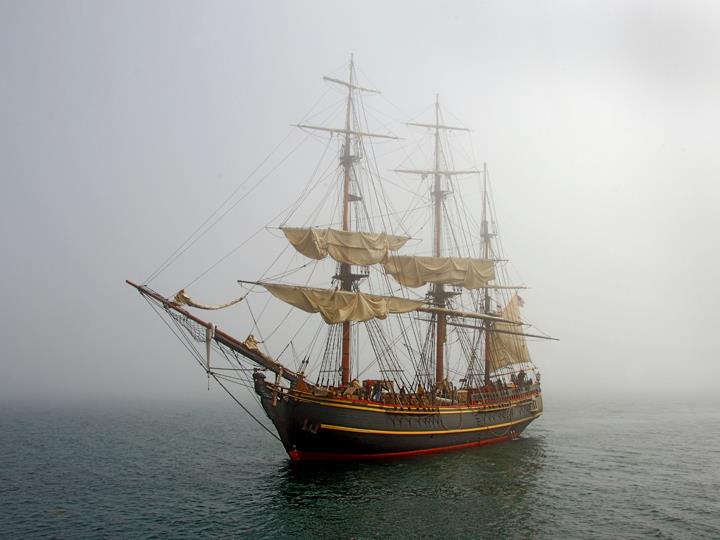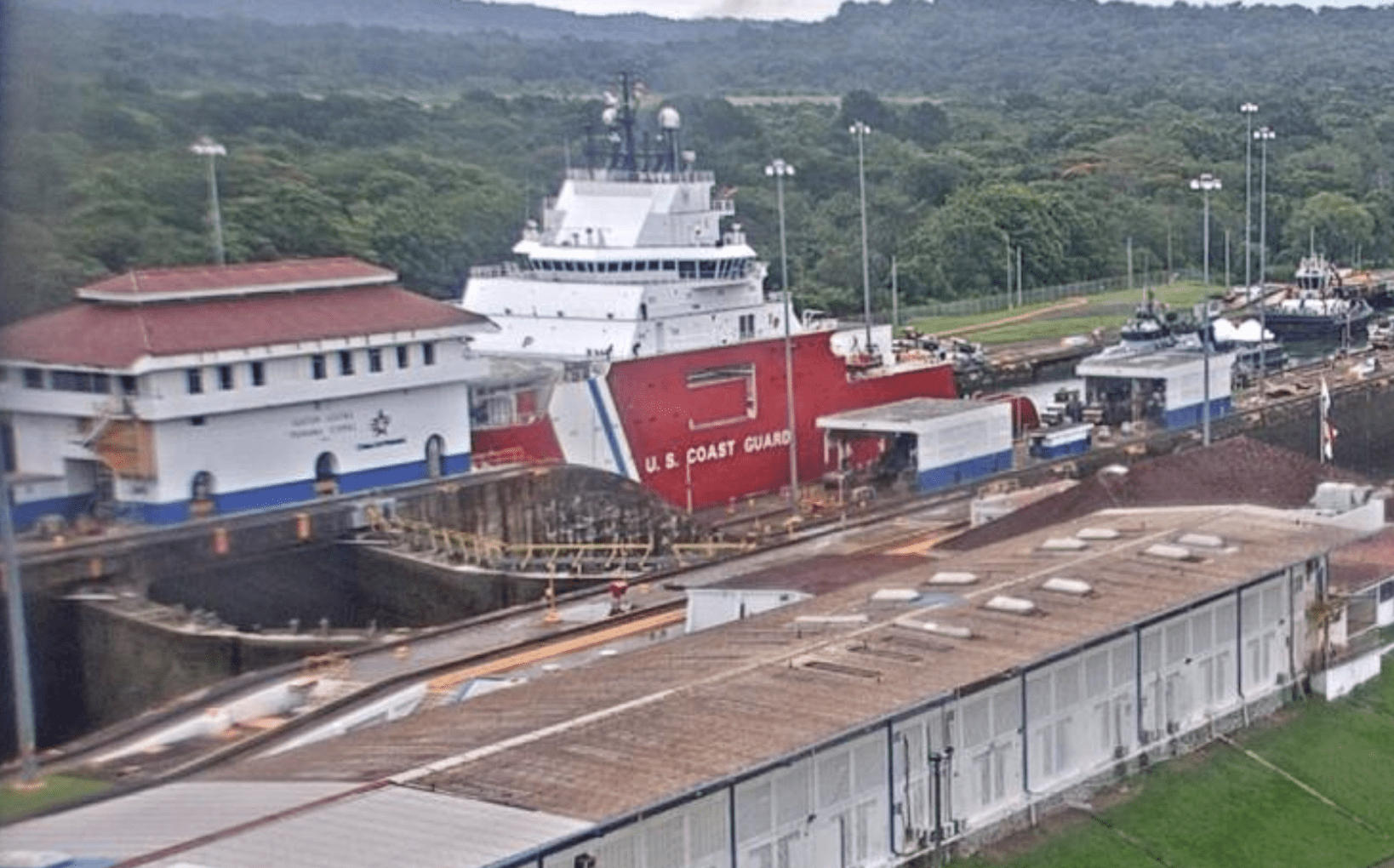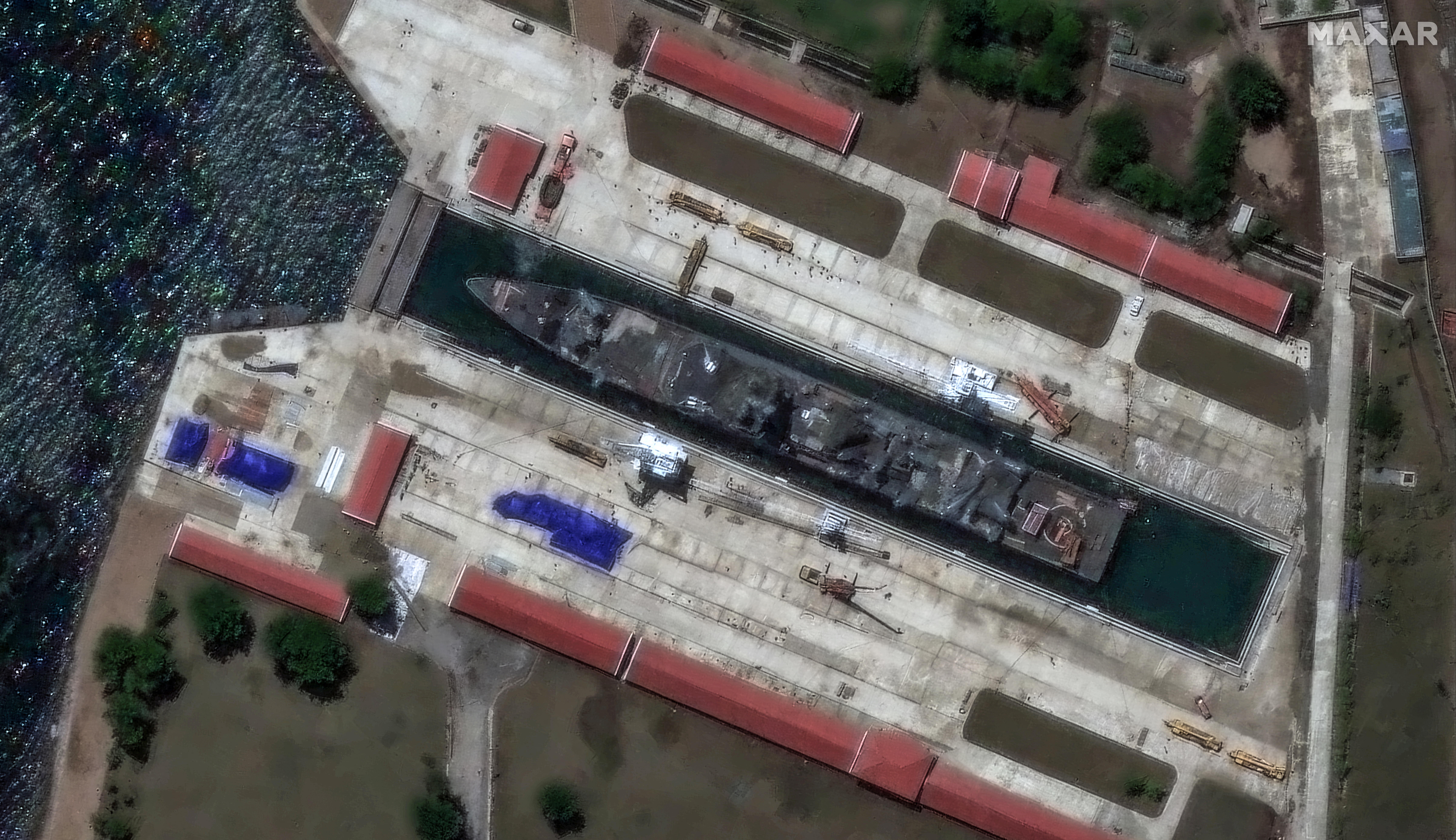Click image for interactive timeline of Bounty’s last voyage (Mario Vittone)
Drivers always slow down and rubberneck at car accidents, don’t they? Like me, you may have caught yourself complaining about the practice and wondering “Why are people so morbid that they have to slow down and look?” That’s what we all say, at least until we get close enough to see, and though we might strain our eyes to avoid looking like we are looking, we drive just a little more slowly and look for ourselves.
We shouldn’t be ashamed. It’s not morbid to want to look at the scene of an accident. It’s human. It’s primal, in fact. We look not to see what happened, but to learn. Drivers slowing down to look at the scene of a crash are trying to figure out what happened so they can avoid it happening to them.
In all the discussions and rants and back-and-forth commentary concerning the sinking of Bounty, people seem to fully agree on only one thing: Bounty should have never left port and attempted to sail into the Atlantic. It would have been better if she stayed in New London, or sought refuge from the storm in New Bedford. She should have gone upriver or just stayed there at the dock and hoped for the best. Everyone I have talked to and every commentary I have read affirms that anything would have been better than sailing into the Atlantic on October 25th, 2012.
It’s incredibly easy to reduce the accident to that decision; to spout that truth over and over again until all agree that it was the primary mistake that caused everything else. Is there nothing else to be learned? Do those of us in maritime now simply speak of the importance of Bridge Resource Management (BRM) and leadership and call it a day? I don’t think it’s as simple as that.
Bounty should have never left New London. No one disagrees. But she did. What happened next – at least what the surviving crew say happened next – should be studied. There are lessons in the last voyage of Bounty for all of us.
Linked below is a timeline that was created using the testimony of the surviving crew along with all other publicly available information on the sinking. It covers (primarily) the time Bounty left New London on October 25th until she sank on the morning of October 29th. Seeing it this way – hour by hour as the trip unfolded – provides a look into human nature and decision-making that we don’t get if we stay focused only on the mistake of making the trip at all. It shows how people – even your people – might react in a crisis. It looks head-on into the normalizing of hazards and acceptance of risk with no gain. Watching the events unfold on Saturday, you can sense the crew’s tunnel vision and denial. And trying to figure out why it took so long to call for help may even infuriate some of you. It did me. Still, this is a wreck you want to look at.
Take a look at the events during that final sail. There may be lessons in there for you and your crew. Bounty shouldn’t have sailed on the 25th, but she did. It was a unique decision and not one that you would have made perhaps, but trouble at sea can come to all of us on any ship. Slow down and see if you can learn something – and avoid it happening to you.
(use the “more” tab to walk through the events one at a time)

 Join The Club
Join The Club











